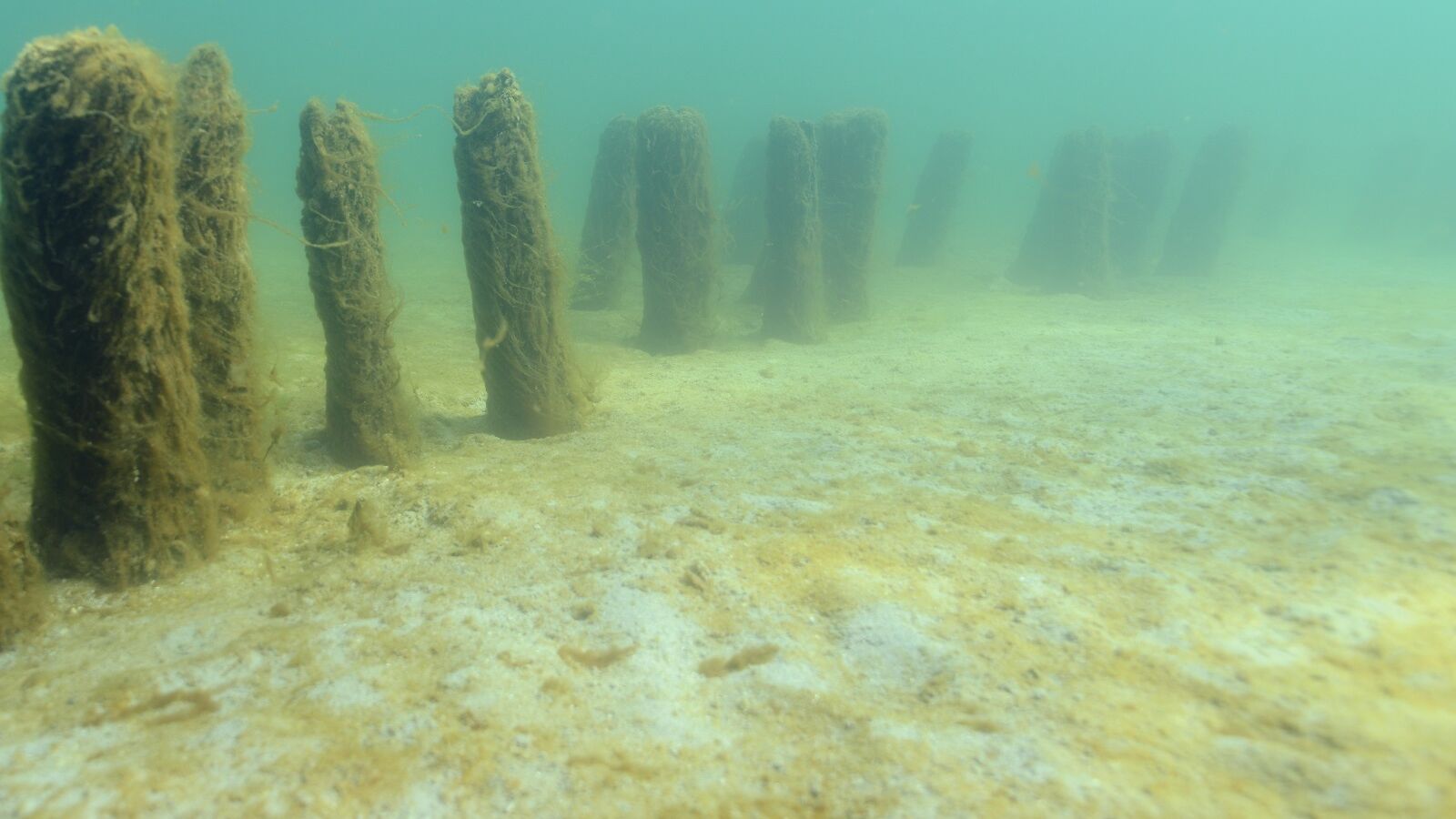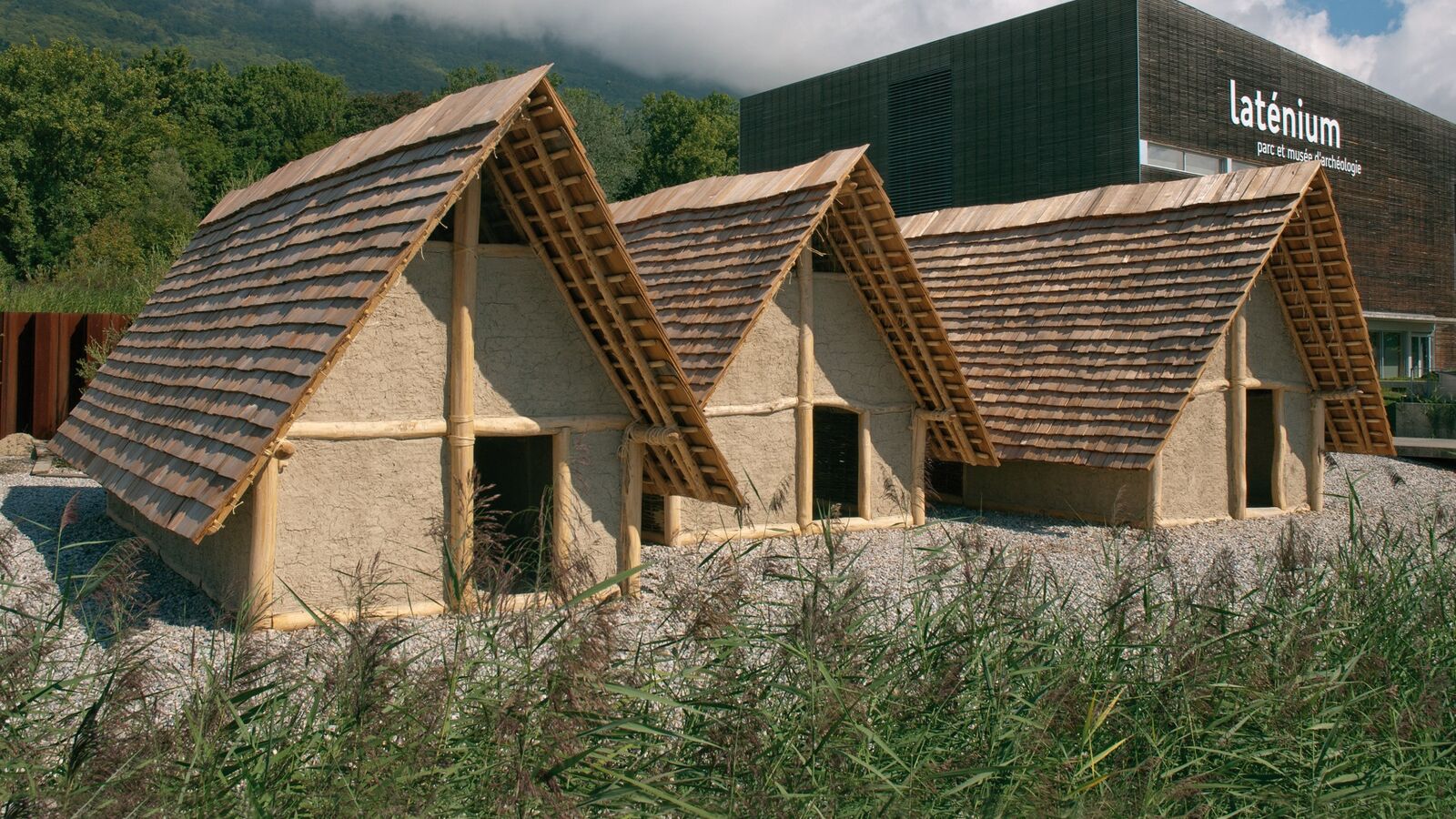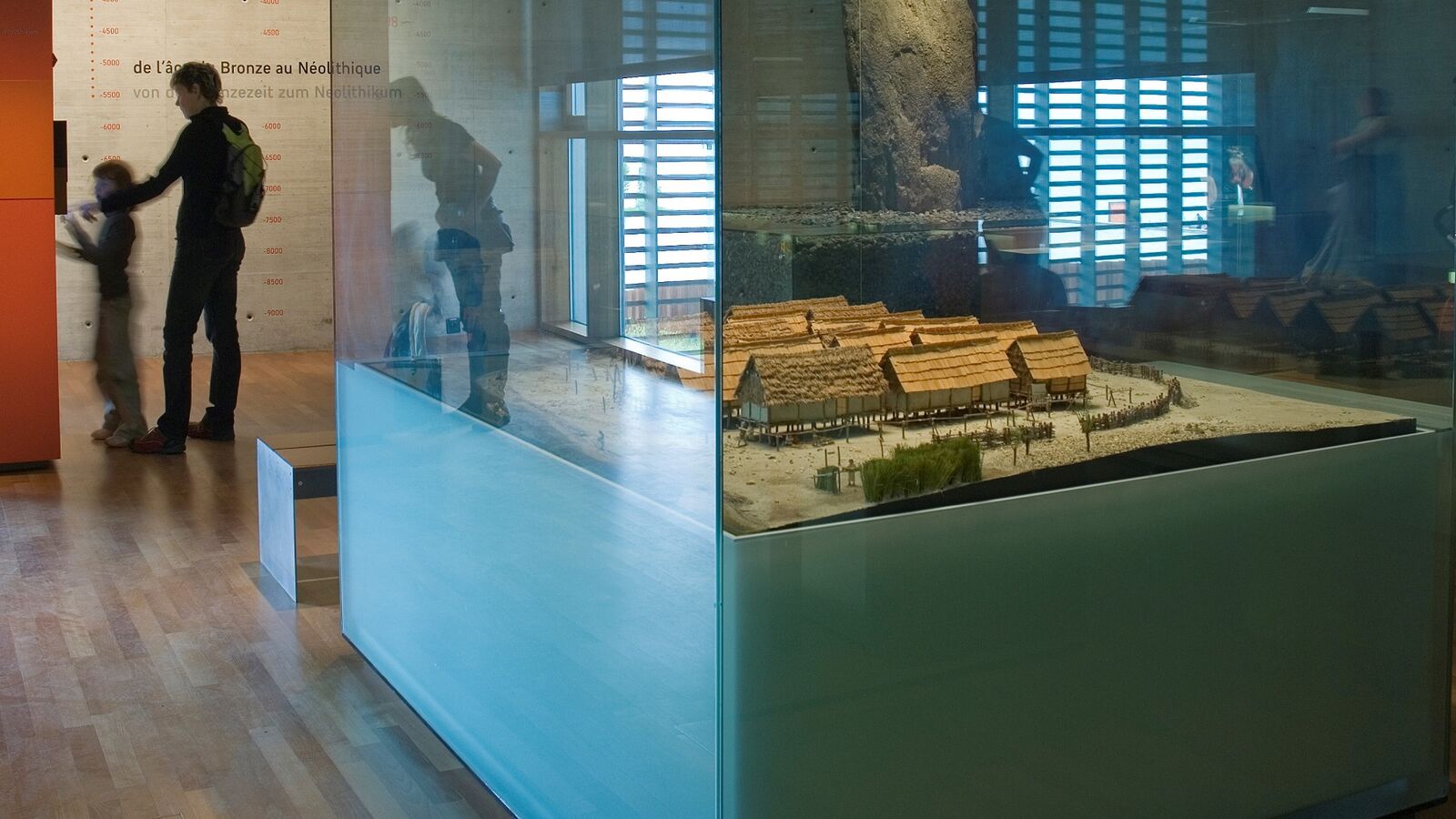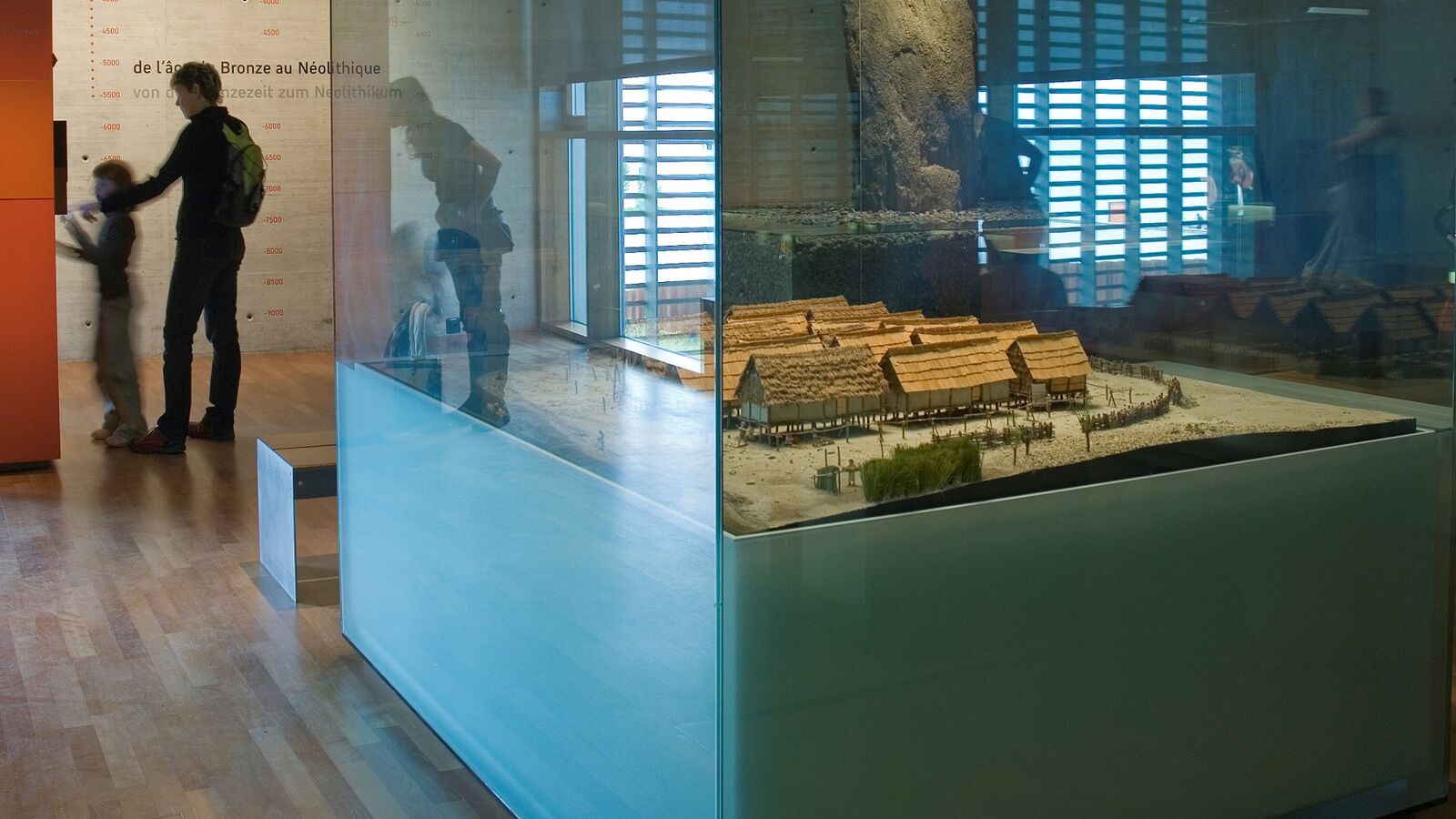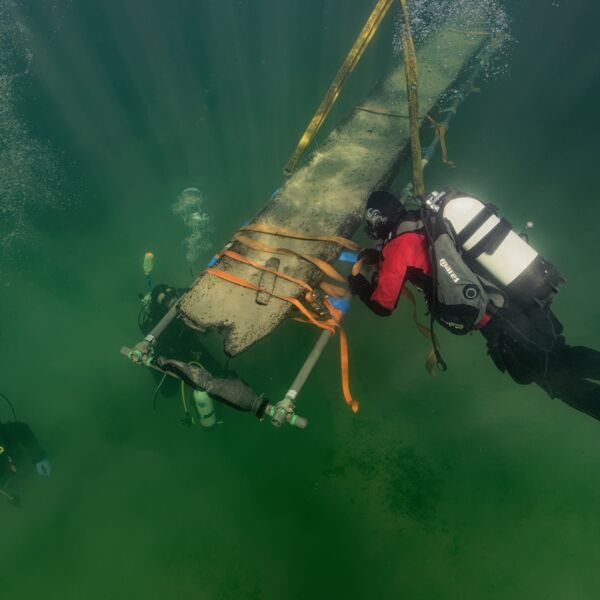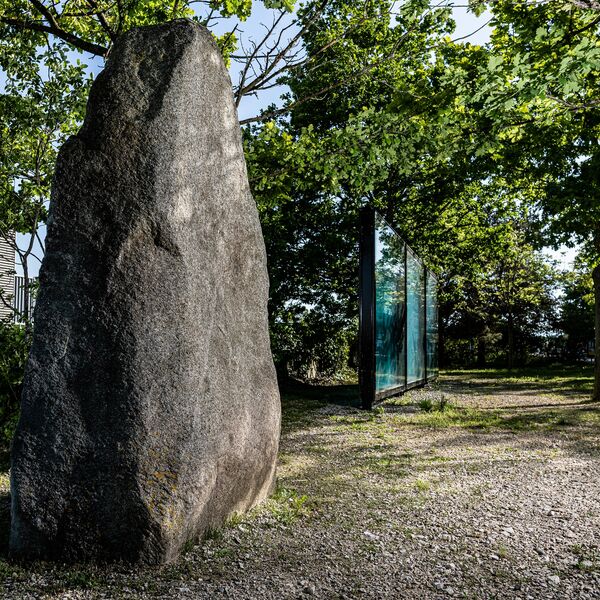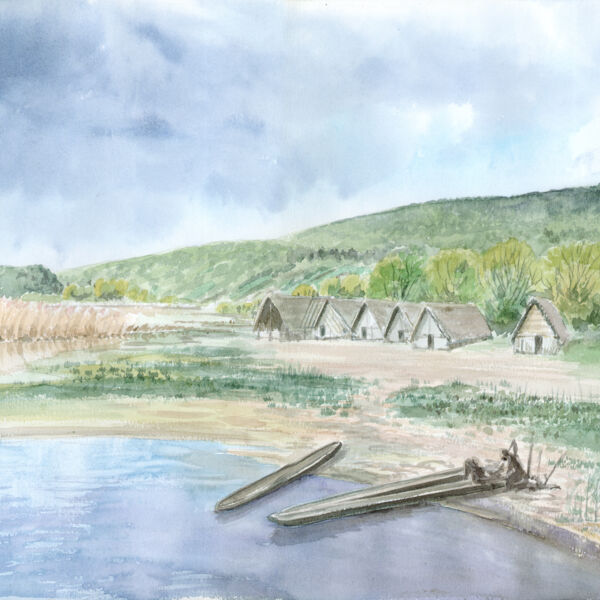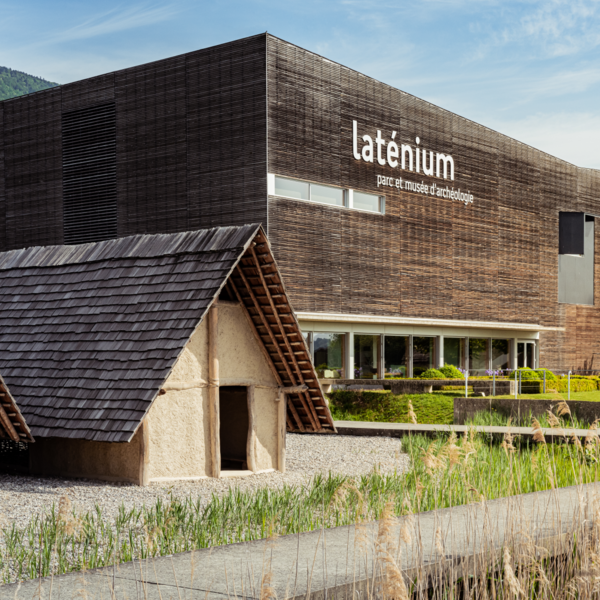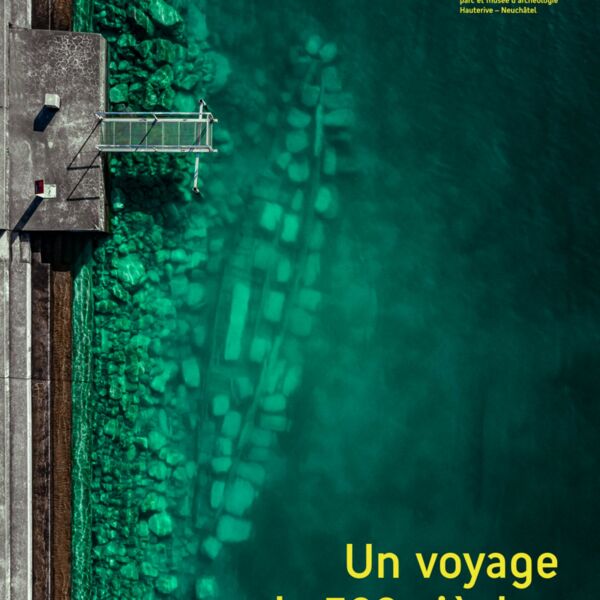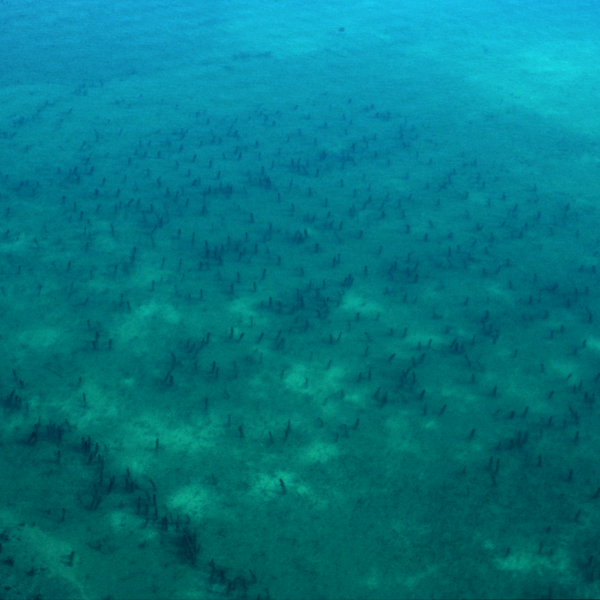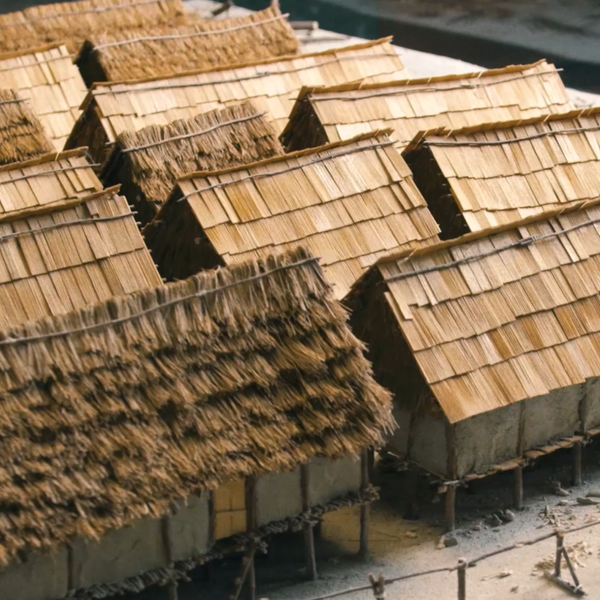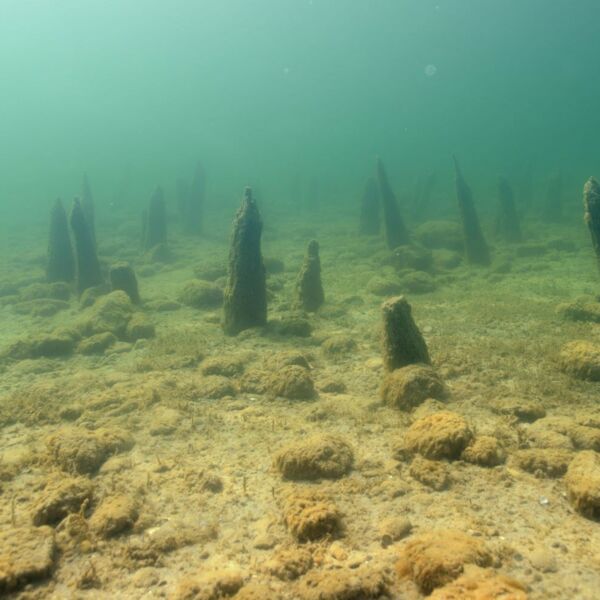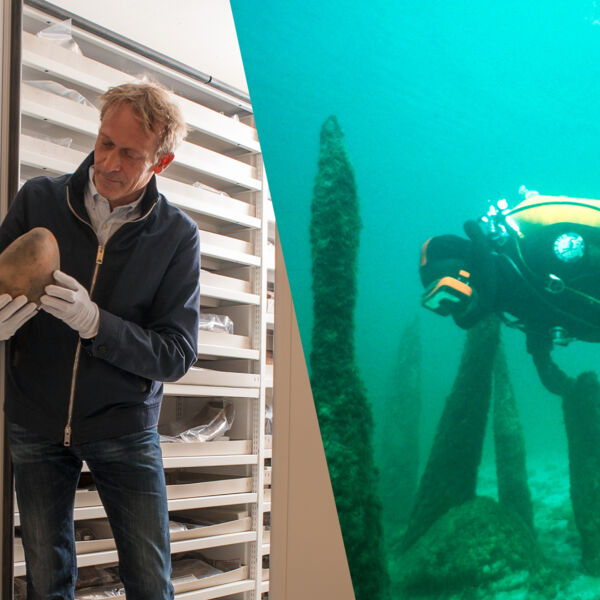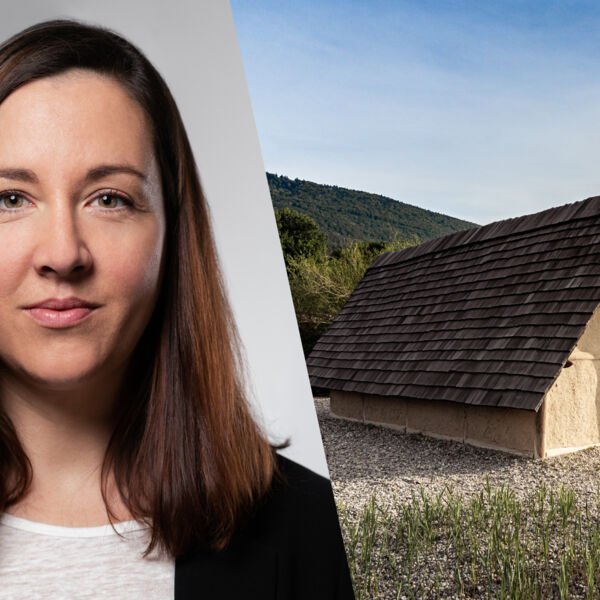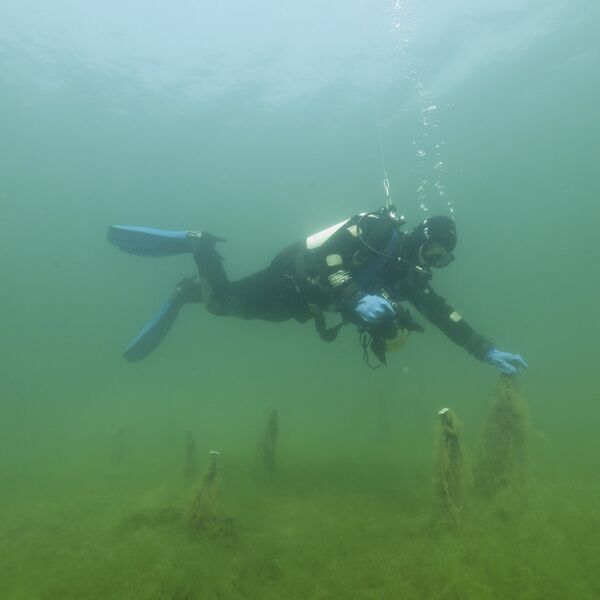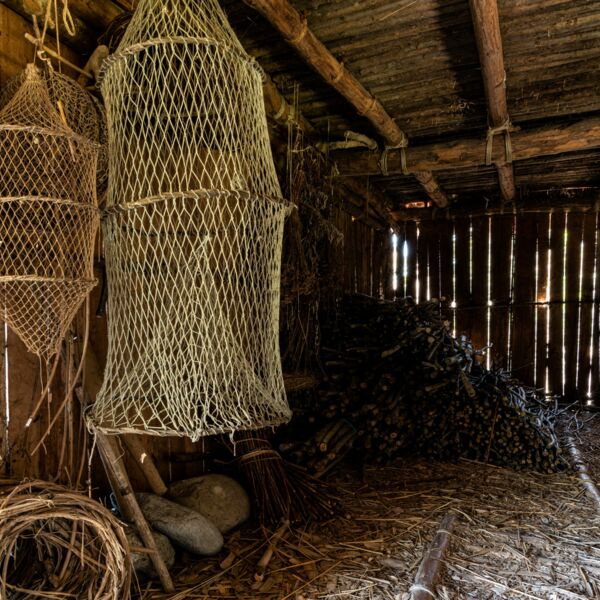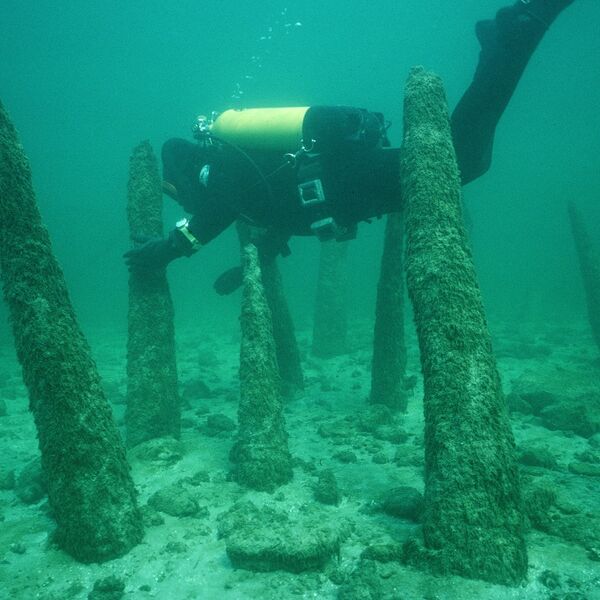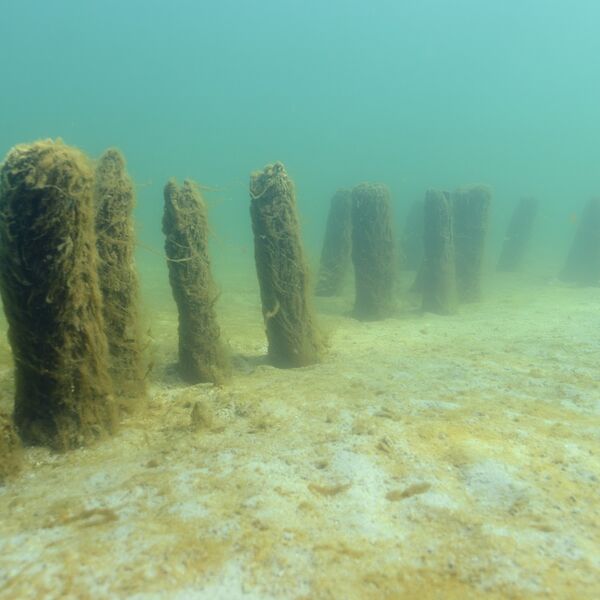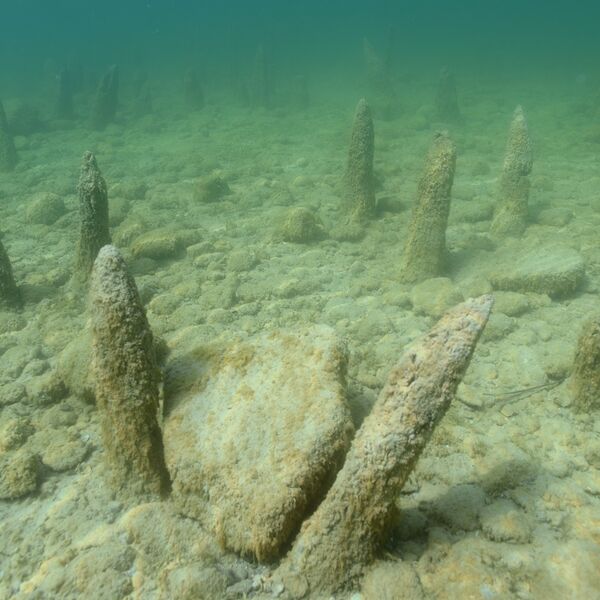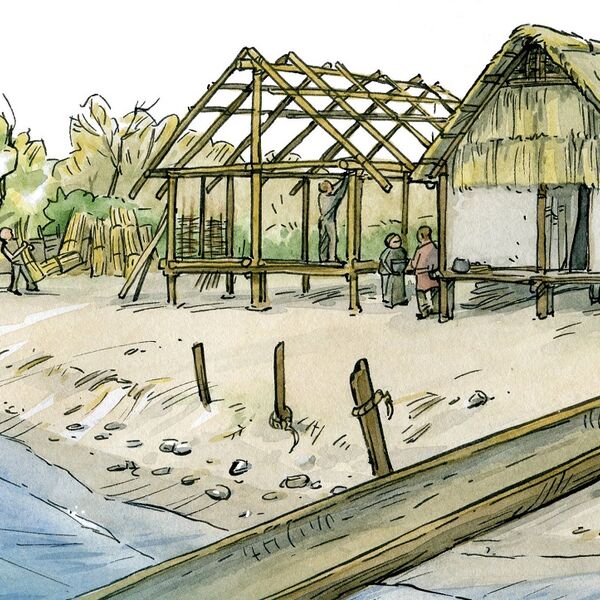Prähistorische Pfahlbauten um die Alpen
Einzigartige Zeitzeugen der Urgeschichte
Die “Pfahlbauten” sind prähistorische Siedlungsreste in Seen und Mooren rund um die Alpen. Das Welterbe umfasst 111 Fundstellen in sechs Ländern (CH, DE, FR, IT, SI, AT) - 56 davon befinden sich in der Schweiz. Die Funde organischer Materialien wie Holz, Textilien, pflanzliche Reste oder Knochen liefern faszinierende Einblicke in das Leben um 5000 bis 500 vor Christus. Viele Funde befinden sich heute schwer oder gar nicht zugänglich unter Wasser, an Seeufern oder in Sumpfgebieten. Umso wichtiger ist die Vermittlung in Museen, wie zum Beispiel im Laténium bei Neuenburg, wo man einen detaillierten Einblick in das Leben unserer Vorfahren gewinnt.
2011
Kulturerbe
Serielle und transnationale Stätte
Schweiz: AG/BE/FR/GE/LU/NE/NW/SH/SZ/SO/SG/TG/VD/ZG/ZH
Andere Länder: DE/FR/IT/SI/AT
Prähistorische Pfahlbauten um die Alpen
Prähistorische Pfahlbauten um die Alpen
Prähistorische Pfahlbauten um die Alpen
Prähistorische Pfahlbauten um die Alpen
Prähistorische Pfahlbauten um die Alpen
Prähistorische Pfahlbauten um die Alpen
Prähistorische Pfahlbauten um die Alpen
Prähistorische Pfahlbauten um die Alpen
Prähistorische Pfahlbauten um die Alpen
Prähistorische Pfahlbauten um die Alpen
Prähistorische Pfahlbauten um die Alpen
Prähistorische Pfahlbauten um die Alpen
Prähistorische Pfahlbauten um die Alpen
Prähistorische Pfahlbauten um die Alpen
Prähistorische Pfahlbauten um die Alpen
Prähistorische Pfahlbauten um die Alpen
